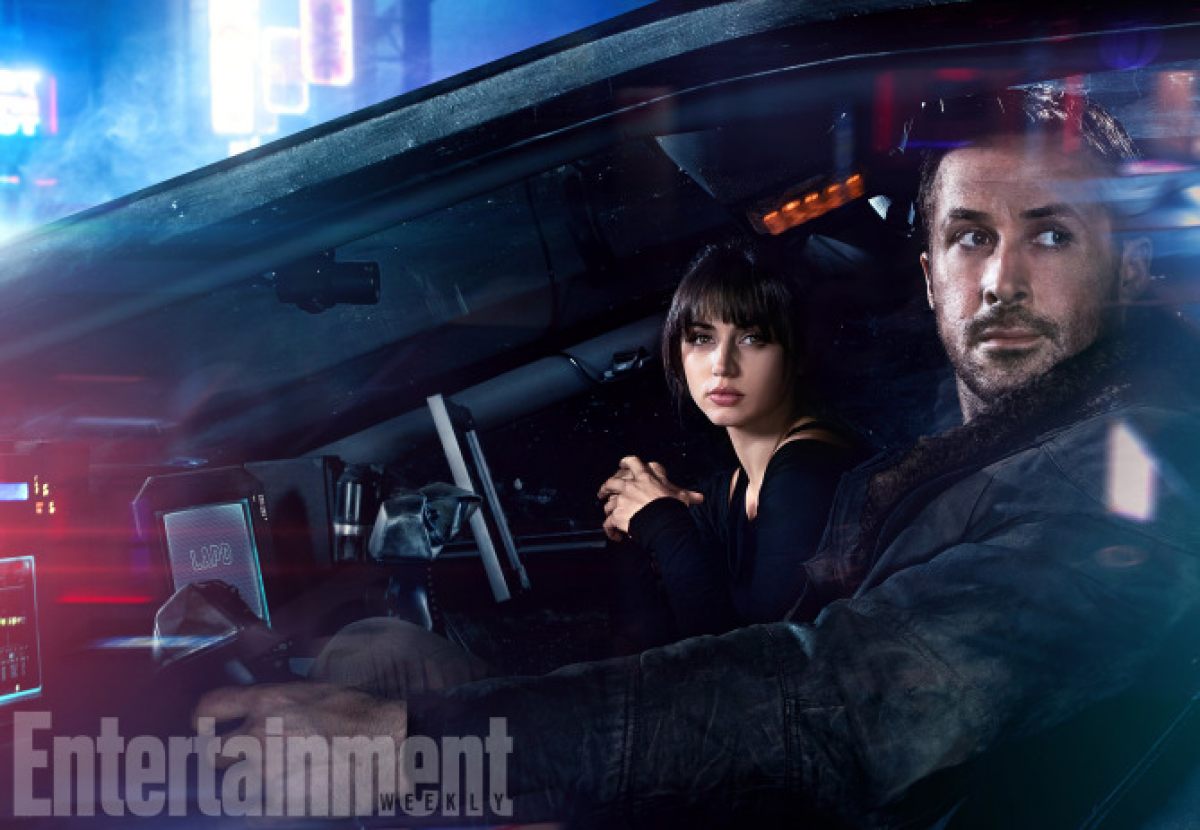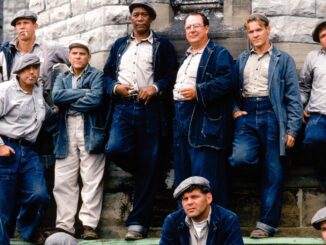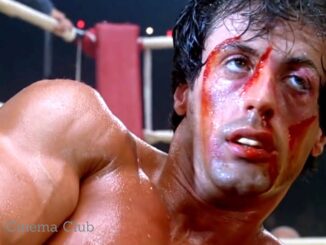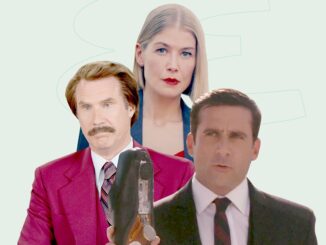
In anticipation of the release of Blade Runner 2049, many fans are eager to see how the sequel will relate to the original 1982 film. In response, director Denis Villeneuve has asked a team to put together this short film, which features Jared Leto as Niander Wallace and connects the first film with this updated sequel. As Villeneuve remarks during his introduction, this short film updates technologies that influenced society from 1982 onward and still inspire the imagination.
“2036: Nexus Dawn” Sets the Stage for Blade Runner: 2049
Brought to completion by director Luke Scott, “2036: Nexus Dawn” brings audiences up to speed with a haunting and chilling performance by Jared Leto, as the creator of a new breed of replicants. Appearing before a council, Wallace presents one of these new replicants, fully aware that its mere existence breaks a law set forth earlier, but after the end of the original film.
Even when the magistrate cautions Wallace, the creator moves forward with a demonstration that shows how the replicants in Blade Runner 2049 will differ from those in the original film. Niander’s words to the small committee belie his frustration at having to work in secret, following the outlawing of replicant production. Here he is justifying the repeal of that constraining mandate.
“Humanity has only survived this long by crushing Earth to suit its needs,” Wallace says in the short film. “The stars, our only hope, are hidden behind the lives you will not allow me to create.”
In words, it seems Jared Leto’s character wants to altruistically provide replicants to help colonies on other worlds survive. A noble endeavor to be sure, but Niander Wallace doesn’t really come across as the world’s greatest humanitarian. Everything about him seems to scream ulterior motives. Dark, insidious ulterior motives.
Prior to the release of “2036: Nexus Dawn” and perhaps in anticipation of it, a Blade Runner 2049 panel teased San Diego Comic Con fans with a glimpse at the franchise’s timeline. The details revealed that replicants were prohibited in the year 2023, just four years after the events of the first film. By 2025, Wallace’s company had helped solve the food shortage problem, endearing Niander to the people and leaders of Earth. This, of course, made government officials more receptive to his appeal in 2036, as seen in this new short film.
Finally, the San Diego Comic Con panel teased Blade Runner 2049 with this synopsis: “Thirty years after Deckard and Rachel escaped, Los Angeles has changed dramatically. Humans who can’t afford to get to offworld colonies are left behind. Society is divided between two classes: replicant and humans.”
Blade Runner 2049 is set to premiere in theaters on October 6.














Leave a Reply
Be the First to Comment!
You must be logged in to post a comment.
You must be logged in to post a comment.